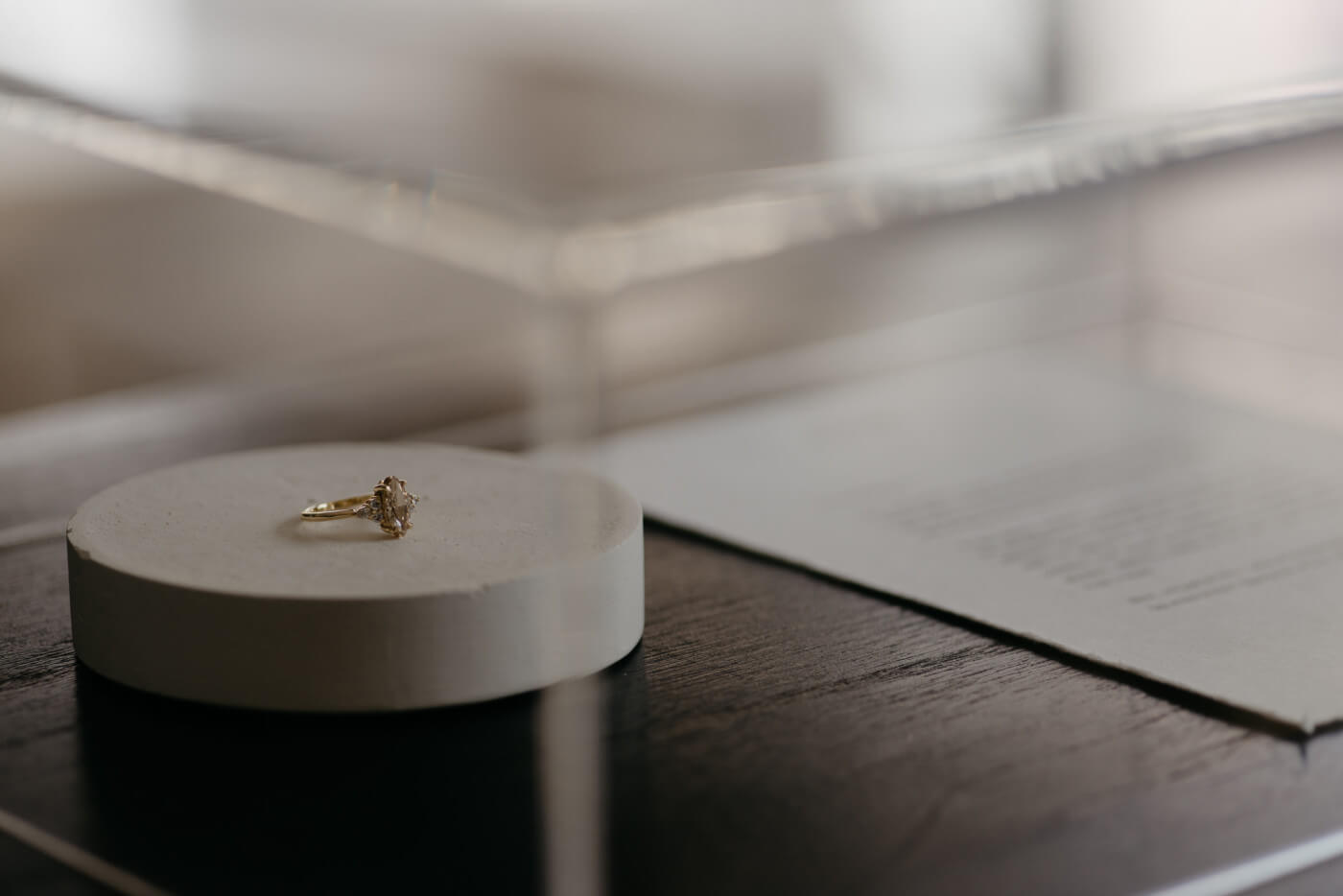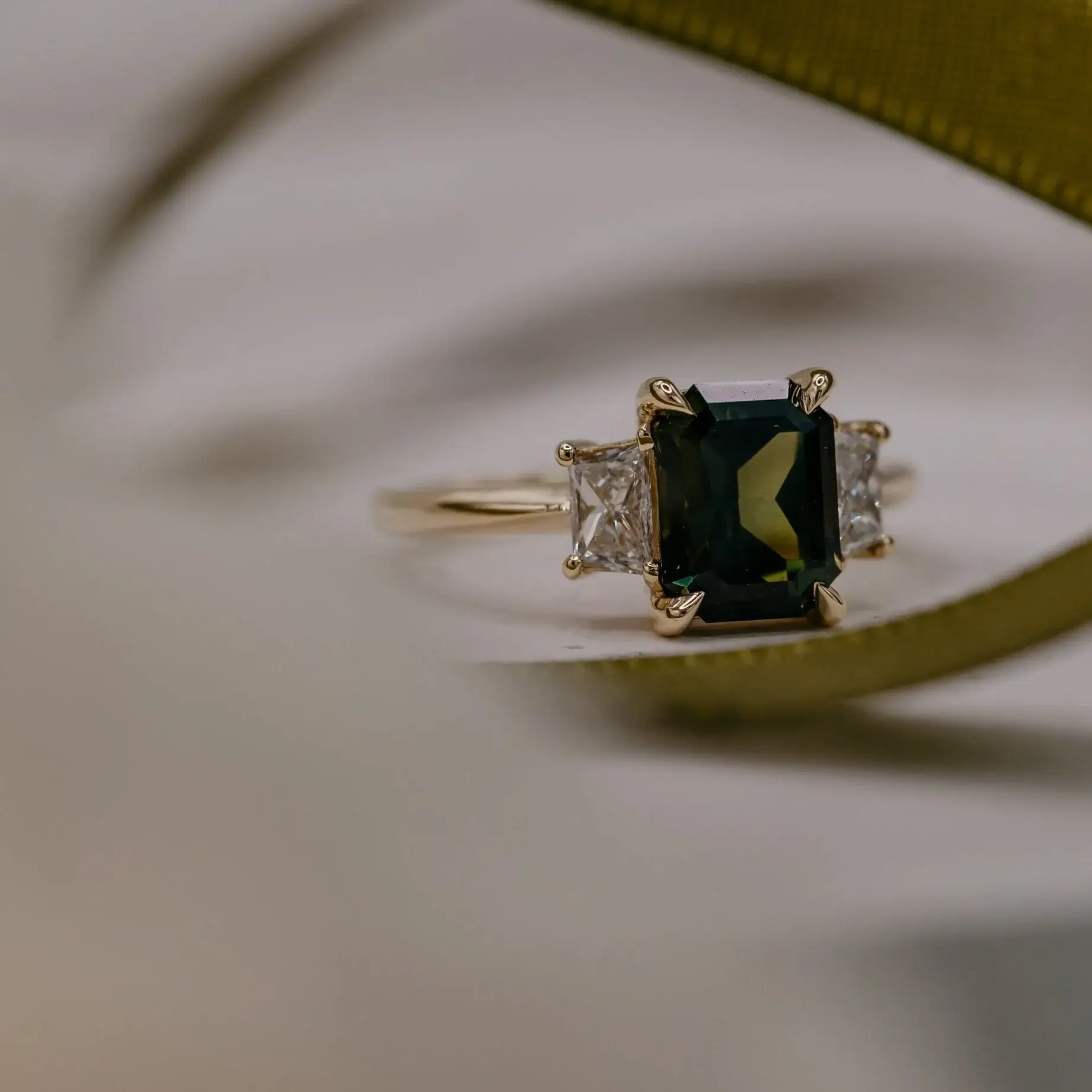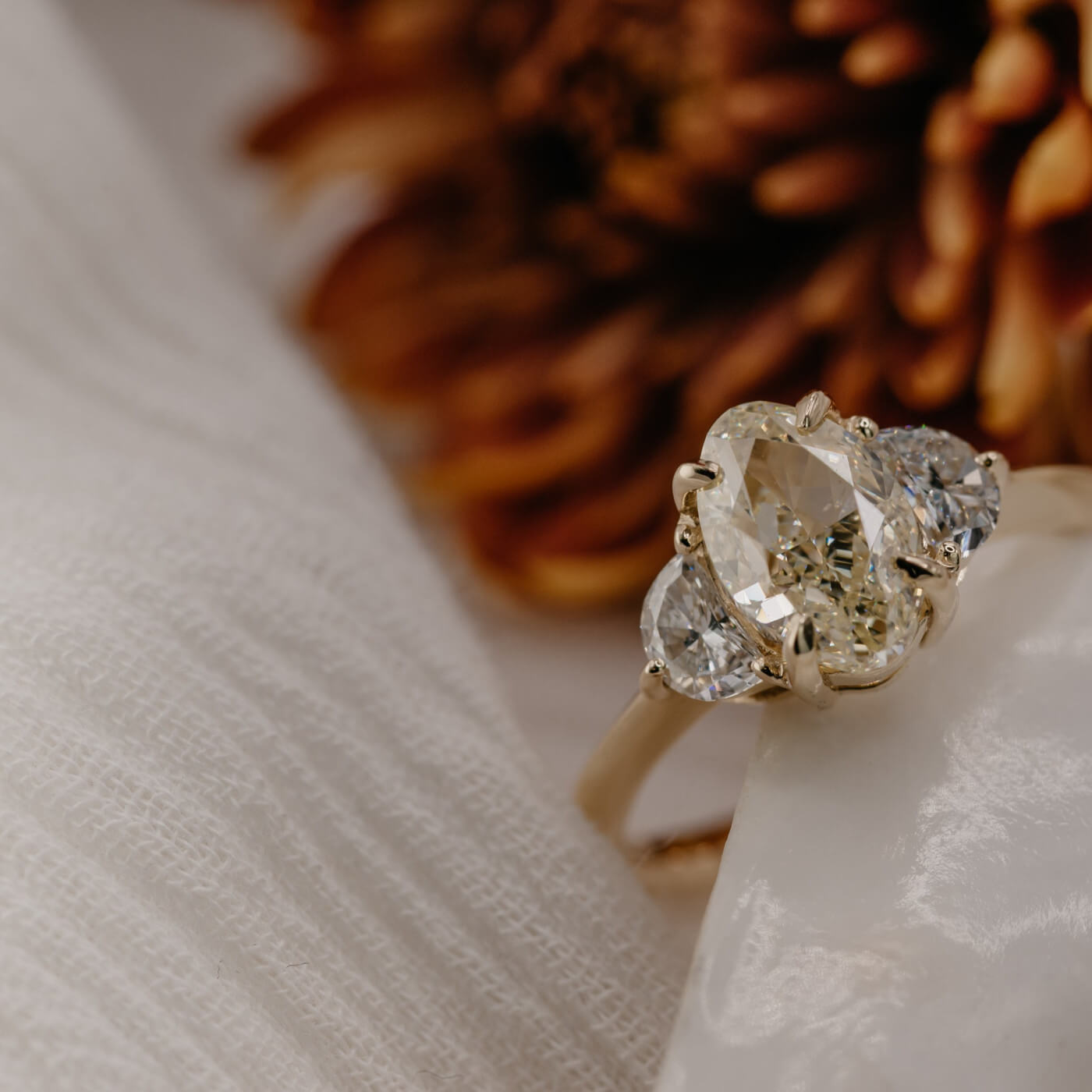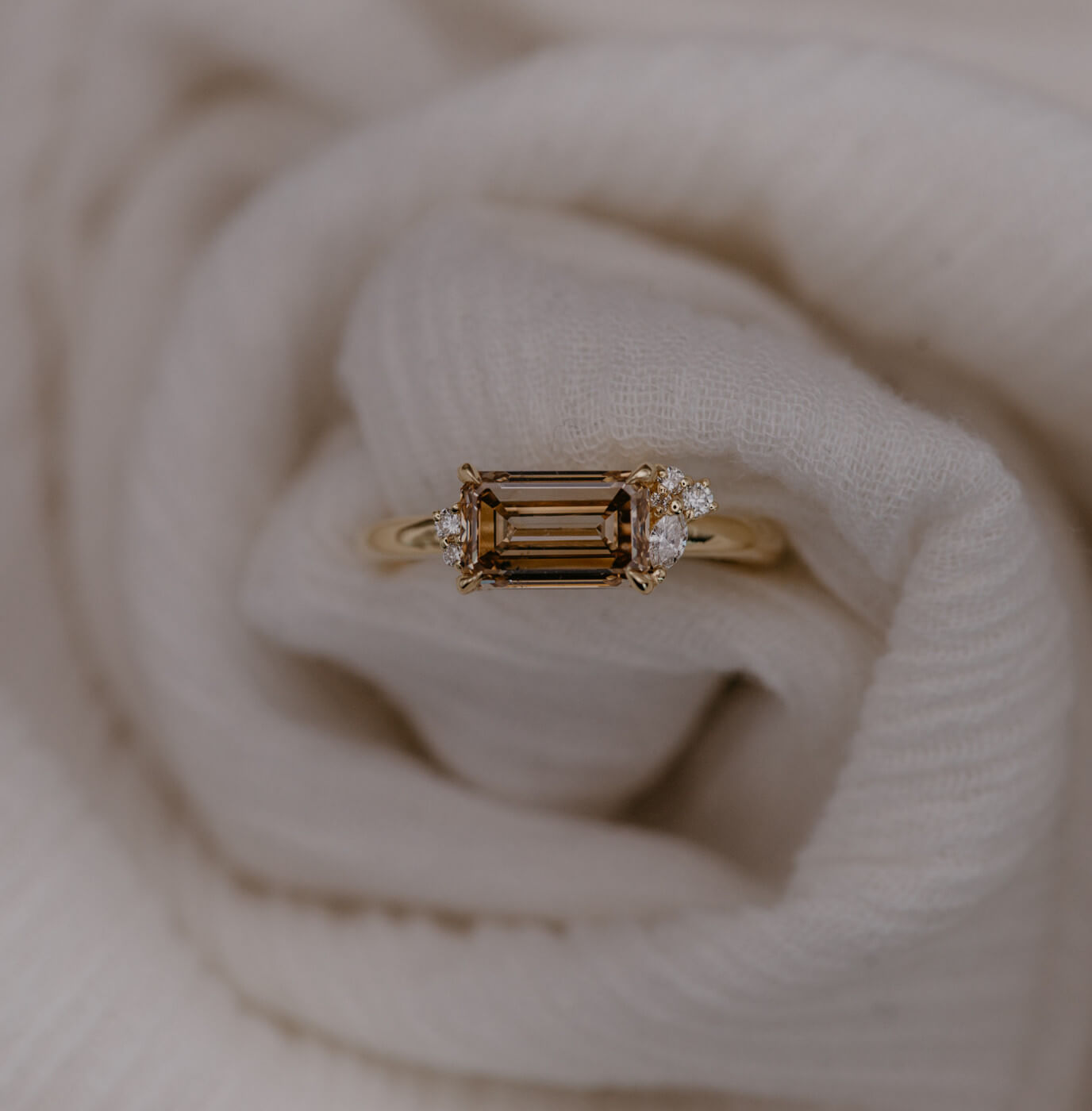This is the Lei è Engagement Ring Journal.
Discover how to maximise your budget, decode the diamond industry, and ensure a smooth consultation experience.
Series Two…
Getting the most out of your budget
This week we are looking at an under-appreciated cut of stone, that visually punches well above its weight.
And we’ll explain why…
Please, Consider… PEAR SHAPED DIAMONDS
This hot tip isn't overly unique or ground breaking. However it is an insight that is often overlooked.
We have always been strong proponents of millimeters rather than carat weight, being a far more important representation of size.
Beyond the verbal flex of being able to tell people the carat weight, it can be quite deceptive depending on the cut ratio.
Many diamond and gemstone cuts hold a significant portion of the size of the stone in the pavilion (under the face).
There are good reasons for this, don’t get me wrong. For example, asscher and emerald cut diamonds require a deeper pavilion to disguise any inclusions in the stone.
With step cut facets, it is also essential to create what is referred to as a ‘hall or mirrors’ appeal, in which the more rectangular facets in the pavilion allows more light to bounce around, before exiting out the top - which creates the stones sparkle.
Here comes the opportunity…
What we have noticed and continued to be amazed by is the size and retained brillance/sparkle that pear cut diamonds have, comparatively to similar carats in other cuts.
It’s a structural illusion that makes the pear cut style look far larger than the carat weight suggests. From the culet (point of the pavilion) towards the tip of the stone, it gradually thins out on both axis, which allows the point to extend out a lot further than an oval cut.
It’s what we call ‘spready’. As in, it has a wide spread. It is also seen in other cuts, due to having a shallow pavilion and allowing for the top of the stone to spread the dimensions out, making it look like a larger carat.
However, in most other cuts, this low pavilion is considered a less desirable ratio, as the light won’t ideally reflect around the pavilion and back out through the top.
This is not the case with pear cuts; it even has this effect with an ideal cut ratio, its simply a function of the shape.
For reference, you can generally add anywhere between, 1.00 to 1.50mm on the length or a pear compared to an oval.
We will go into greater detail about the low pavilion’s in the next email - as it also provides some juicy opportunities.
So, I am here to say, if a pear cut is within your crosshairs of consideration, definitely give it some preferential treatment.
Onwards!




